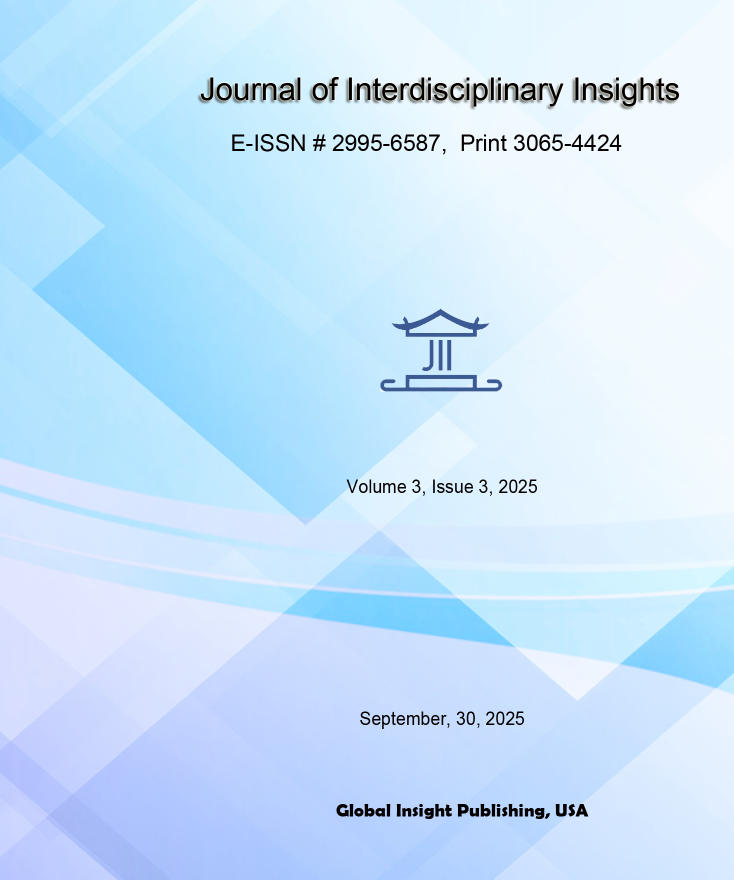A Study on the Main Modes and Effects of AIDS Health Education for Undergraduate Freshmen in the Zhanjiang Area
DOI:
https://doi.org/10.5281/zenodo.17233556Keywords:
Zhanjiang Region, Undergraduate enrollees, AIDS, Health EducationAbstract
Objective This paper discusses the main modes and effects of AIDS health education for undergraduate freshmen in Zhanjiang area, so as to provide a scientific basis for colleges and universities to carry out AIDS health education.Methods A total of 700 freshmen enrolled in September 2023 from two universities in Zhanjiang area were randomly selected to carry out questionnaire survey on main modes of AIDS health education and AIDS awareness rate before and after education. A total of 1400 questionnaires were collected, 1400 valid questionnaires were collected, and statistical analysis was made. Results The study analyzed HIV awareness levels among participants by institutional affiliation and gender, with no statistically significant differences observed (P> 0.05). The WeChat Official Account push model was the most preferred method, chosen by 347 participants (49.58%), followed by street promotion booths (201 participants, 28.71%) and peer education (152 participants, 21.71%). No significant differences were found between the three educational approaches in terms of awareness rates (P> 0.05). However, pre-and post-intervention evaluations revealed statistically significant changes in self-awareness rates (P <0.05). Post-intervention awareness rates reached 335 participants (96.54%), 166 participants (82.59%), and 127 participants (83.55%), respectively. Statistical analysis demonstrated significant differences across groups (P <0.05), confirming the effectiveness of all models. Comparative analyses showed the WeChat push group outperformed both street promotion and peer education groups (χ² = 31.609, P = 0.000; χ² = 25.977, P = 0.000), while the street promotion group showed no significant difference (P = 0.811), indicating comparable educational outcomes between these groups.Conclusion The primary models for HIV/AIDS health education among undergraduate students in Zhanjiang region include WeChat public account promotions, on-site promotional booths, and peer education. These three approaches should be fully utilized to conduct HIV/AIDS health education for college students, with particular emphasis on the WeChat platform. By implementing efficient, precise, and sustained health education initiatives, we can effectively enhance students' awareness of HIV/AIDS and curb its spread within university communities.




